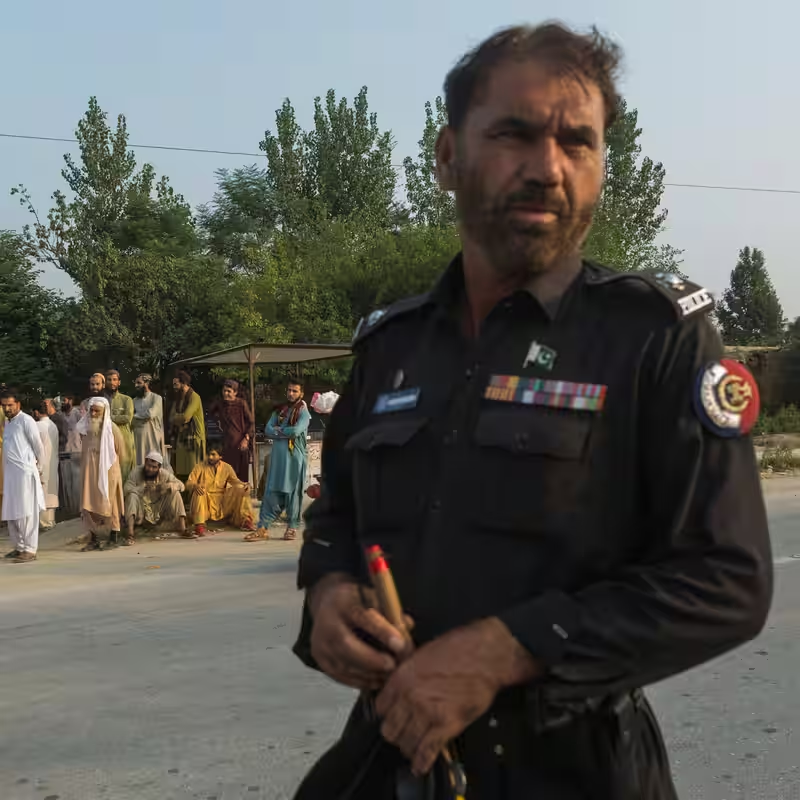Pakistan’s Taliban Crisis: Resurgent Insurgency Sparks Deadliest Conflict in a Decade
Just over a decade after declaring victory over militant groups with U.S. backing, Pakistan is once again locked in a brutal battle with a resurgent Pakistani Taliban—this time with the group stronger, better armed, and allegedly supported by its Afghan counterparts across the border.
The Tehreek-e-Taliban Pakistan (T.T.P.), once thought to be near extinction, has reemerged as the country’s most serious security threat since the mid-2010s. In 2025 alone, terrorist attacks have surged to their highest levels in nearly a decade, displacing tens of thousands and killing hundreds of security personnel in the mountainous northwest.
How the Taliban Came Roaring Back
After the Afghan Taliban seized power in Kabul in 2021, the T.T.P. found a new lifeline. According to Pakistani military officials and U.N. experts, the group now enjoys safe haven, training grounds, and financial support inside Afghanistan—despite repeated denials from the Taliban-led government in Kabul.
“The balance of power is starting to lean against Pakistan’s security forces,” said Asfandyar Mir, a senior fellow at the Stimson Center in Washington. “This isn’t a fringe insurgency anymore—it’s a coordinated, well-structured campaign.”
Armed with abandoned U.S. military gear—including night-vision goggles, sniper rifles, and even drones—the T.T.P. has shifted tactics. Instead of random civilian bombings, it now targets police stations, military convoys, and paramilitary outposts with surgical precision.
Ground Zero: Bajaur District
The epicenter of the violence is Bajaur, a rugged district in Khyber-Pakhtunkhwa province that shares a porous border with Afghanistan. Once a stronghold during the 2000s insurgency, Bajaur is again a war zone.
Schools have been converted into shelters. Families flee with cooking pots and grain sacks strapped to pickup trucks. And the echoes of drone strikes—this time launched by Pakistan’s own military—rattle the valleys daily.
“Every time the government starts an operation and displaces us, militants cross back into Afghanistan and later return,” said Abdul Rahim, a street vendor who has been displaced twice—first in 2008, and now again in 2025.
By the Numbers: The Escalating Crisis
| Year | Terrorist Attacks in Pakistan | Drone Strikes in Khyber-Pakhtunkhwa | Civilians Displaced |
|---|---|---|---|
| 2015 | ~1,200 | 12 | 80,000 |
| 2021 | ~400 | 5 | 12,000 |
| 2024 | ~1,100 | 38 | 45,000 |
| 2025 (YTD) | ~950+ | 48+ | 60,000+ |
Source: Pak Institute for Peace Studies, Armed Conflict Location & Event Data Project (ACLED)
Afghan Denials vs. Pakistani Accusations
Pakistan’s military has repeatedly accused the Afghan Taliban of allowing T.T.P. fighters to operate freely from Afghan soil. “We ask for one thing: Don’t allow your space to be used as a ground for destabilization inside Pakistan,” said Lt. Gen. Ahmed Sharif Chaudhry, spokesperson for the Pakistani Armed Forces.
But Kabul insists it’s neutral. “The Islamic Emirate will not allow anyone to use Afghanistan’s land to pose a threat to neighboring countries,” said Hafiz Zia Ahmad Takal, a spokesman for the Afghan Foreign Ministry.
Independent analysts remain skeptical. “The ideological and operational overlap between the two Taliban factions is undeniable,” said Pearl Pandya of ACLED. “Even if there’s no formal alliance, the permissive environment speaks volumes.”
What Comes Next?
Pakistan launched a major summer offensive in 2025, claiming daily militant kills. But experts warn that short-term, localized operations won’t suffice. Without addressing root grievances—like lack of economic development and political inclusion in tribal regions—the cycle of violence will continue.
For families like Abdul Rahim’s, the fear is déjà vu. “After eight months in displacement in 2008, we returned to find our home ruined by shelling,” he said. “Now I don’t even know if there’s a home to return to.”




